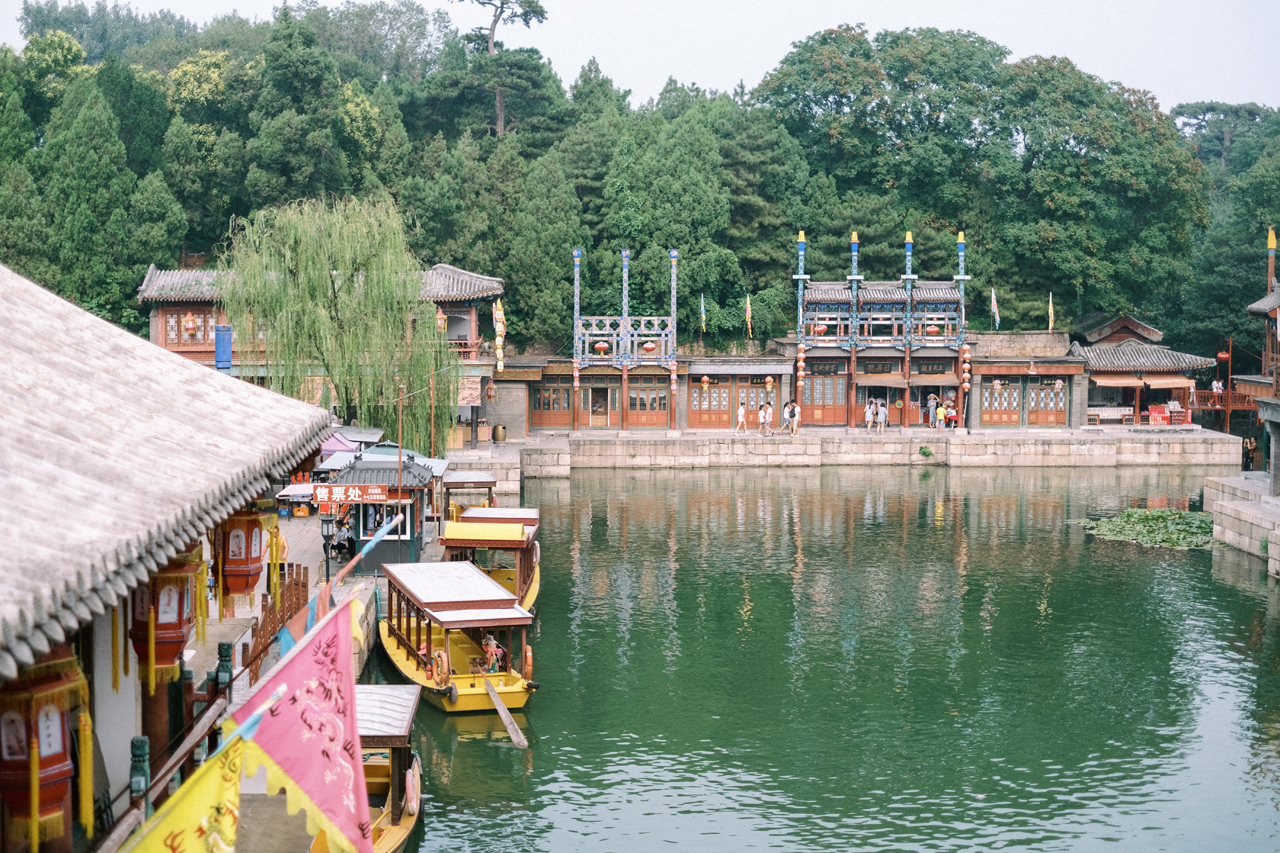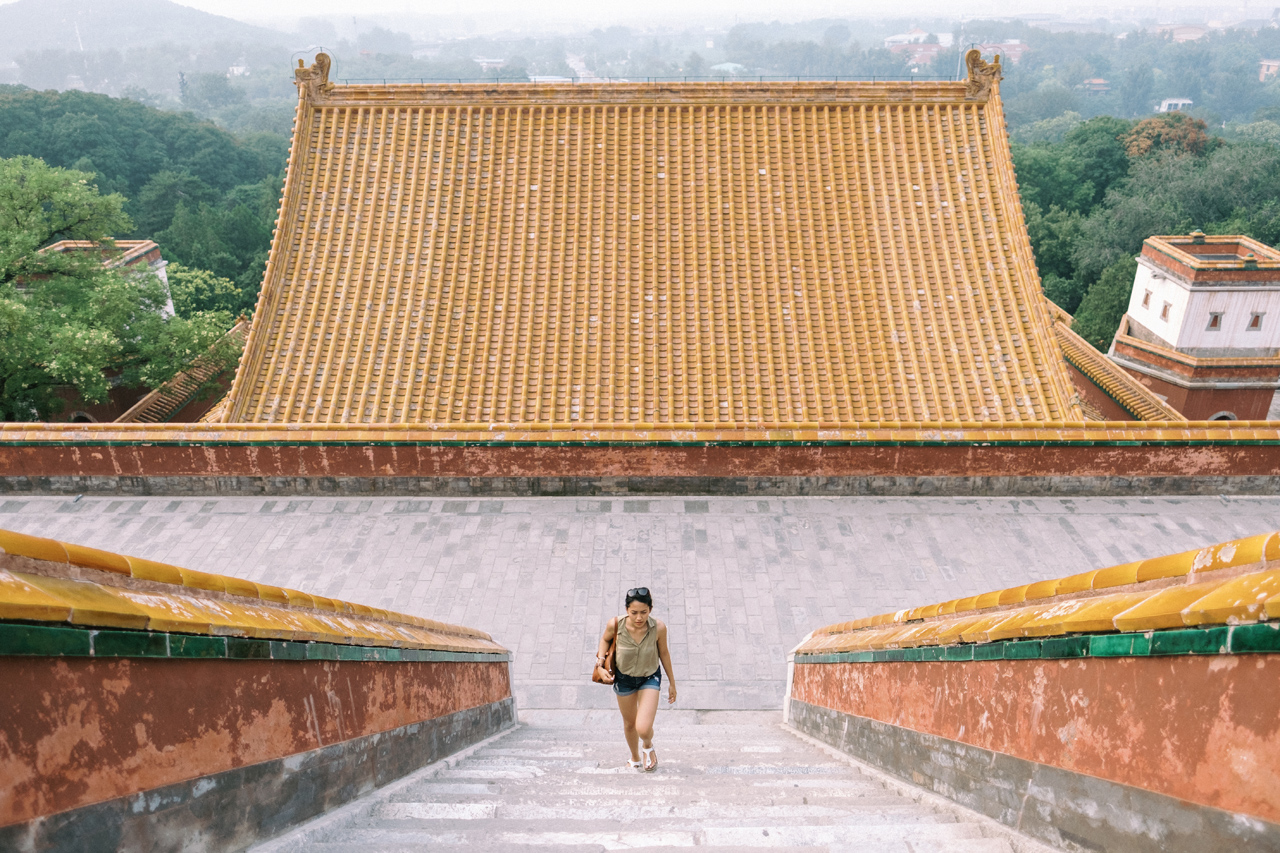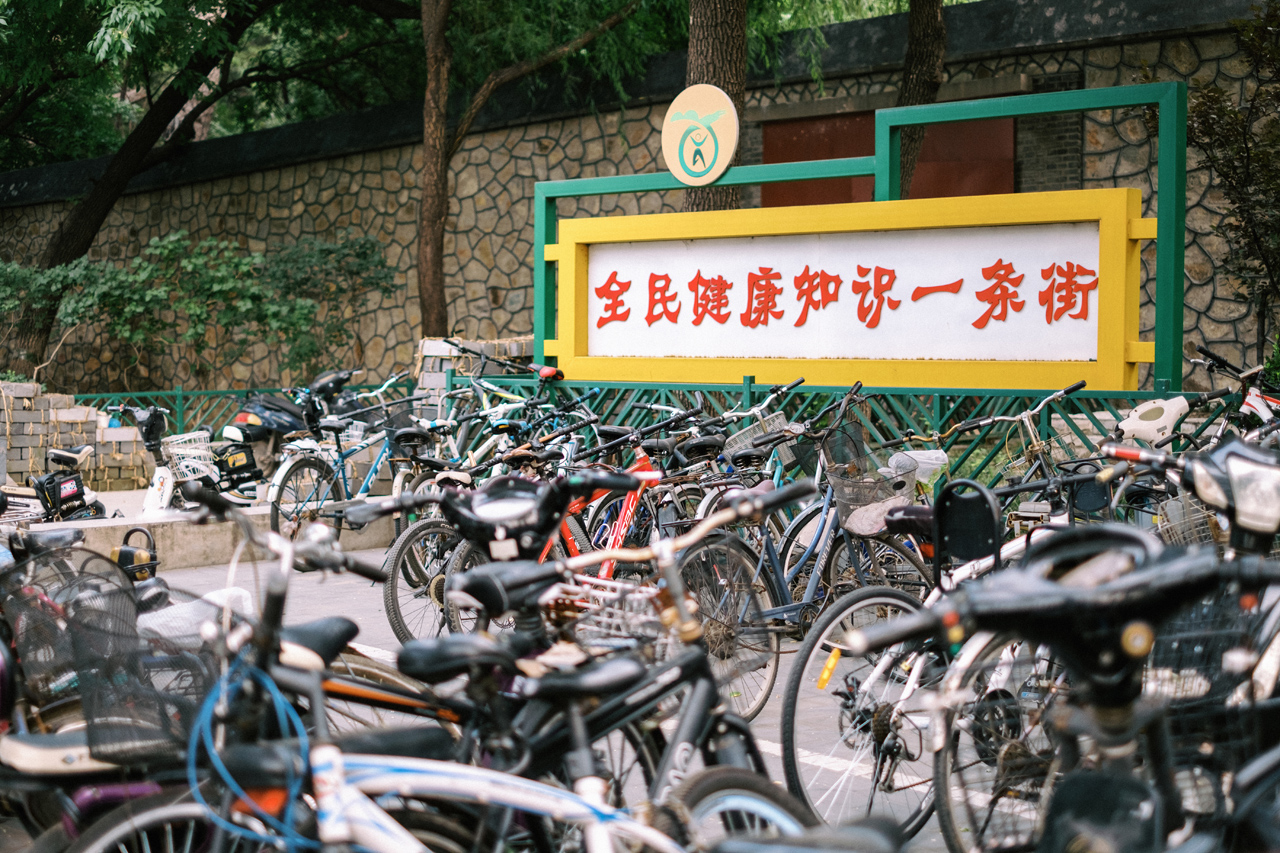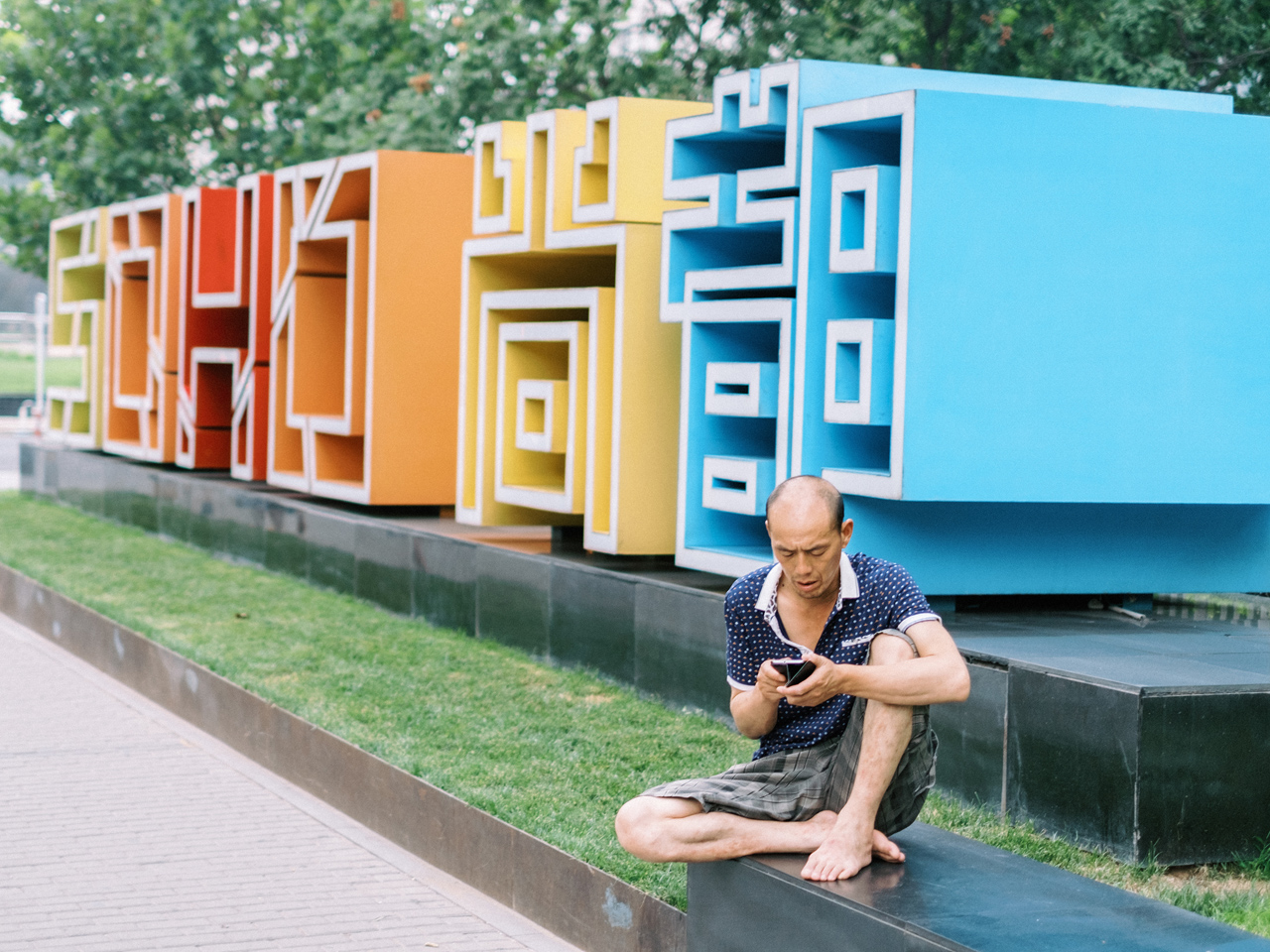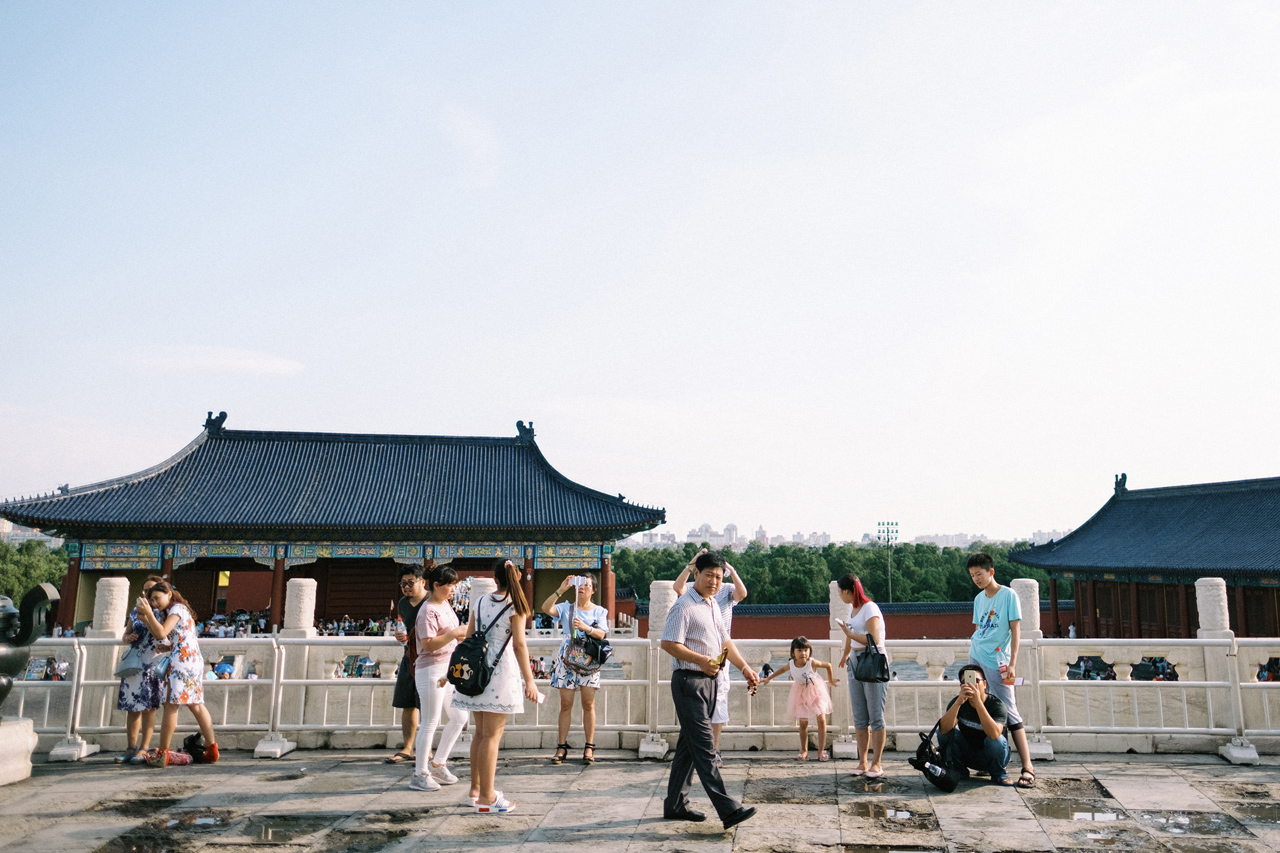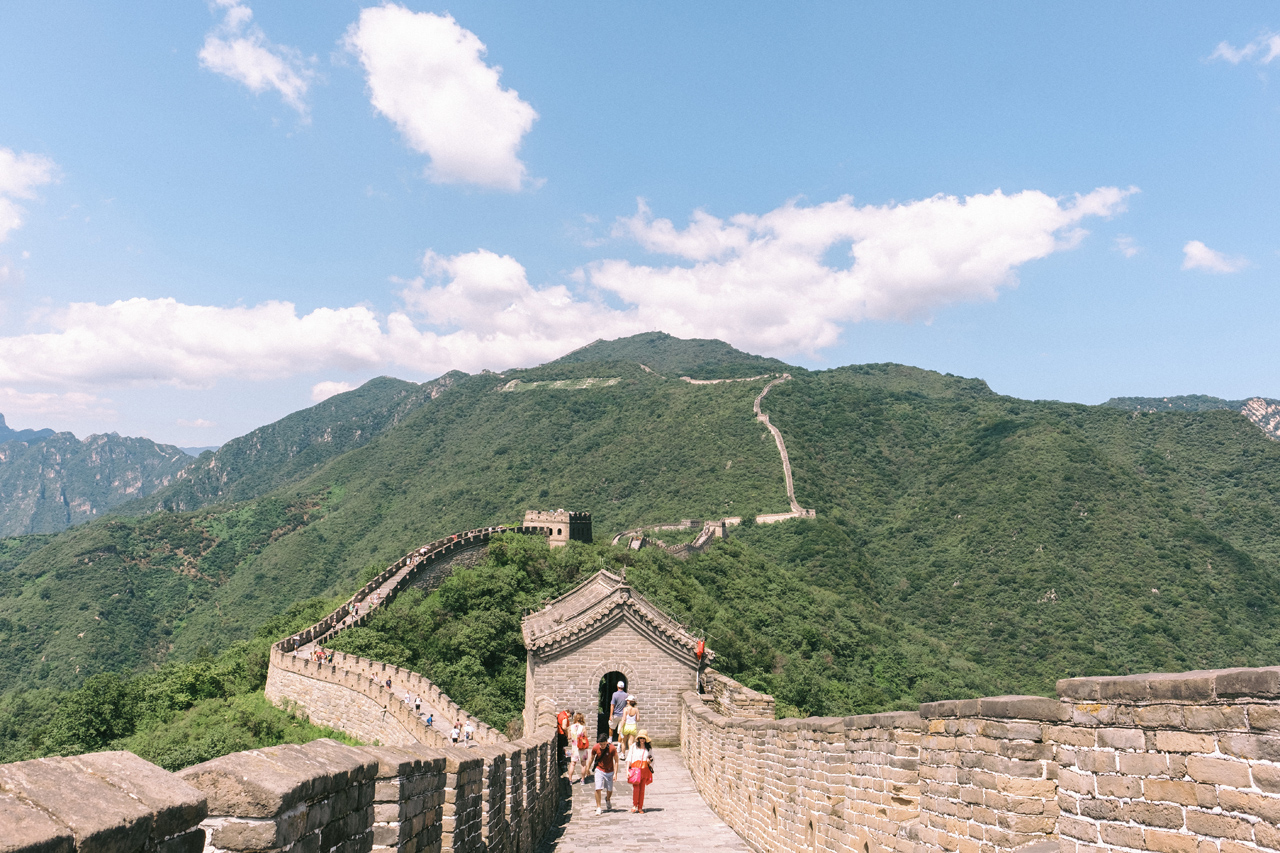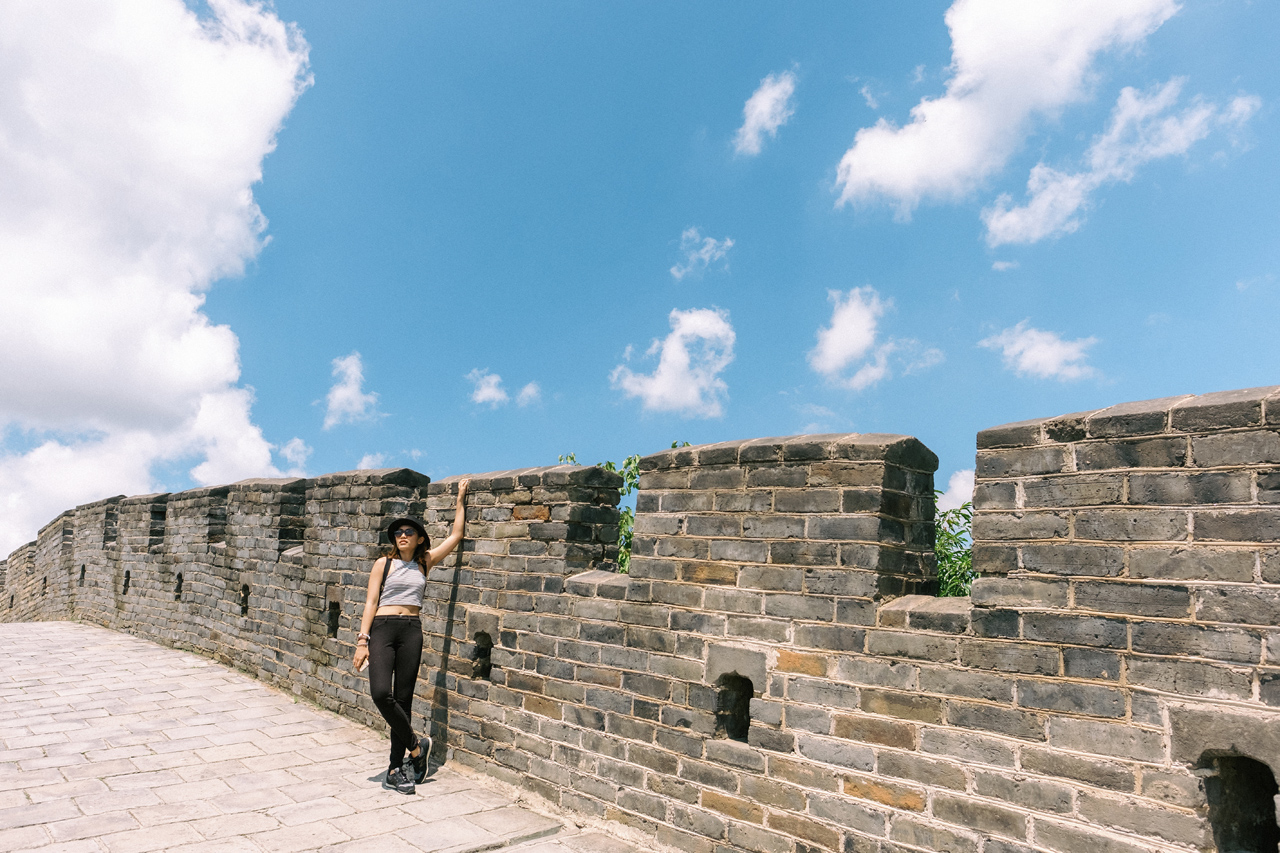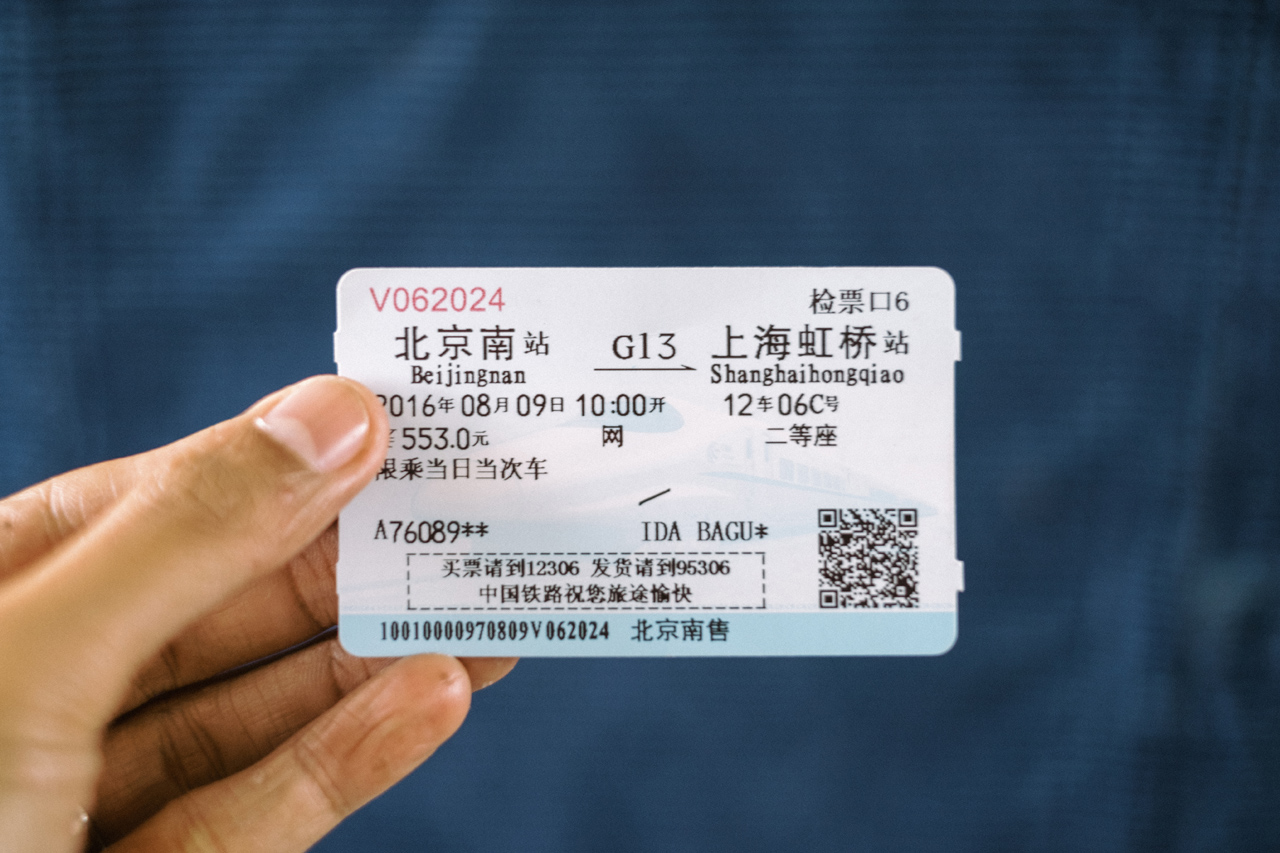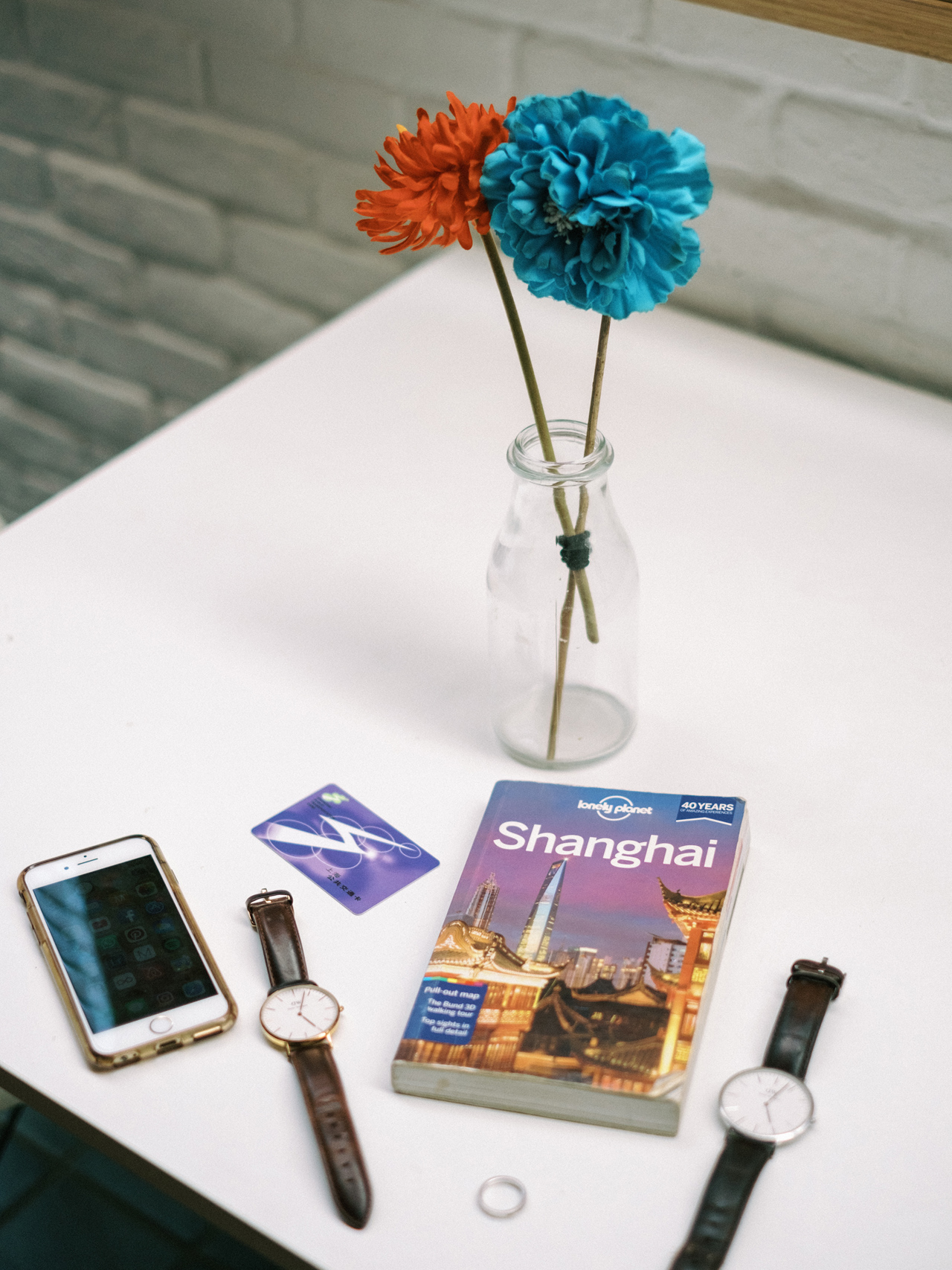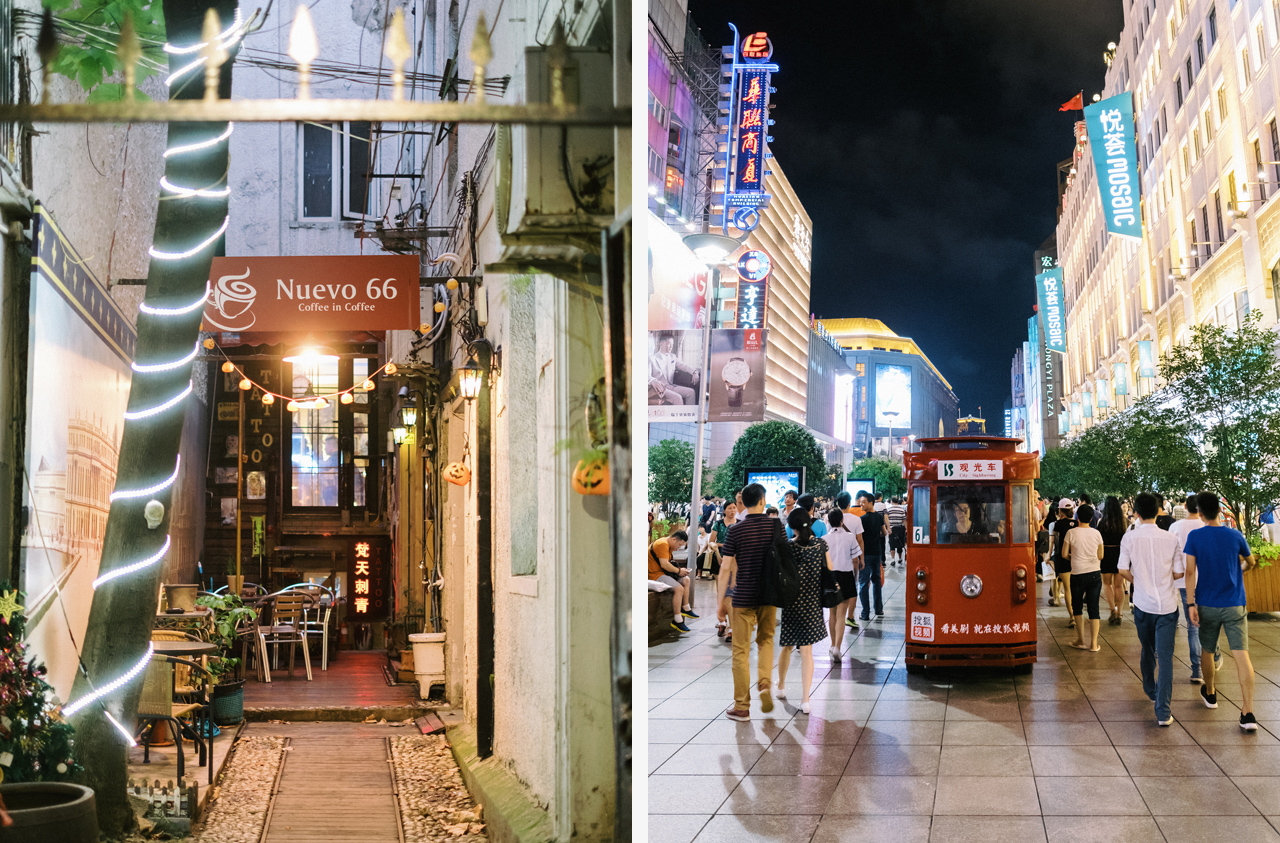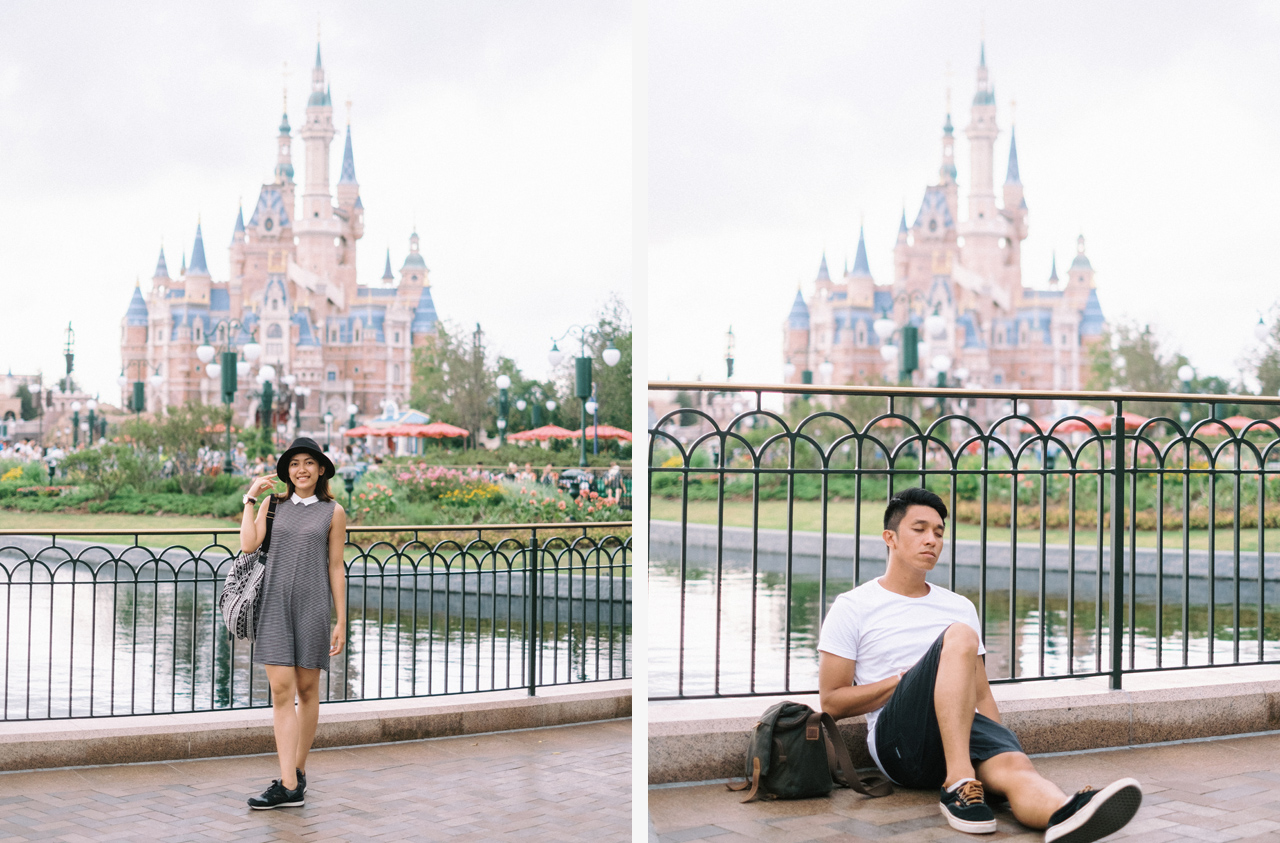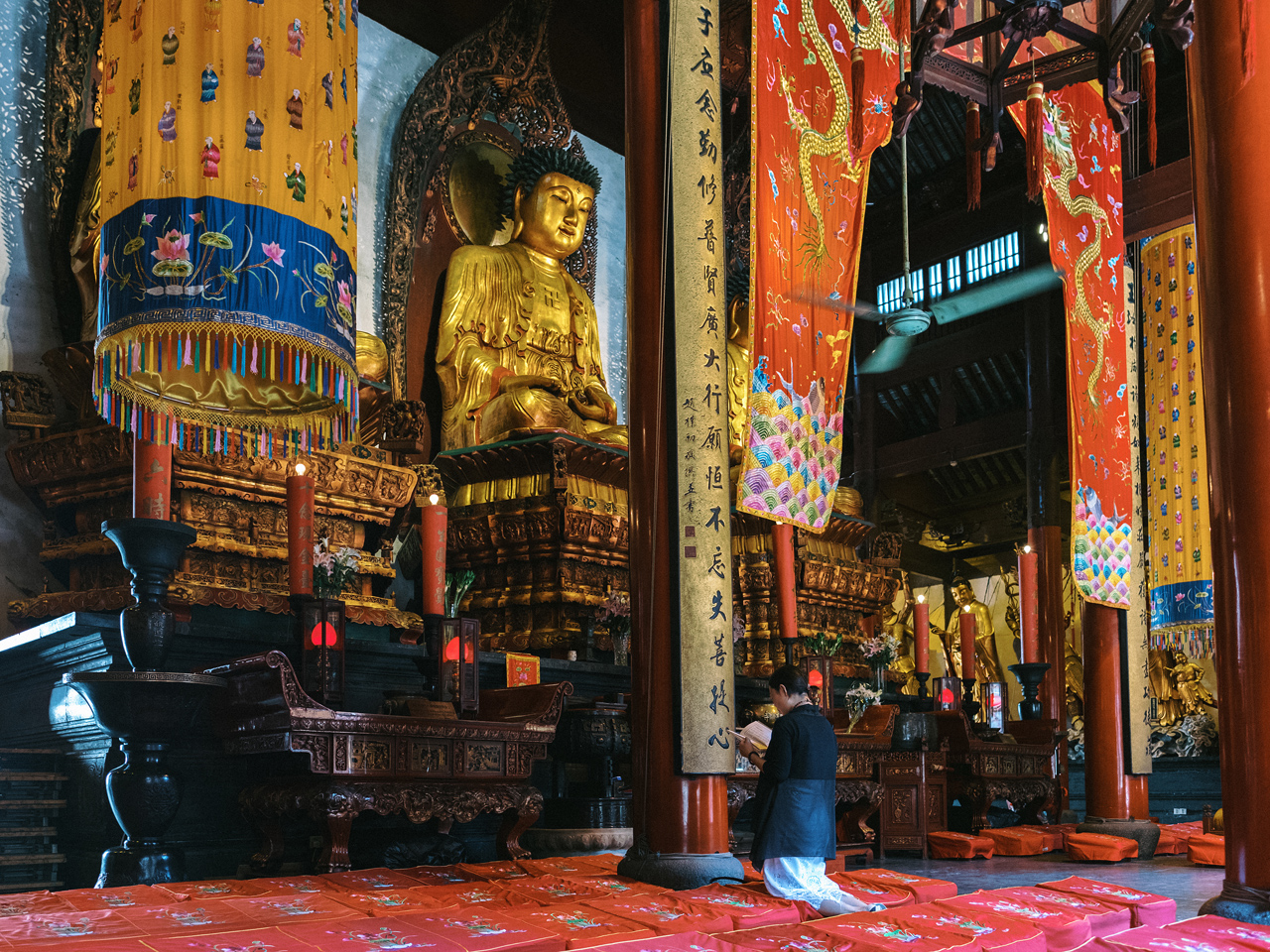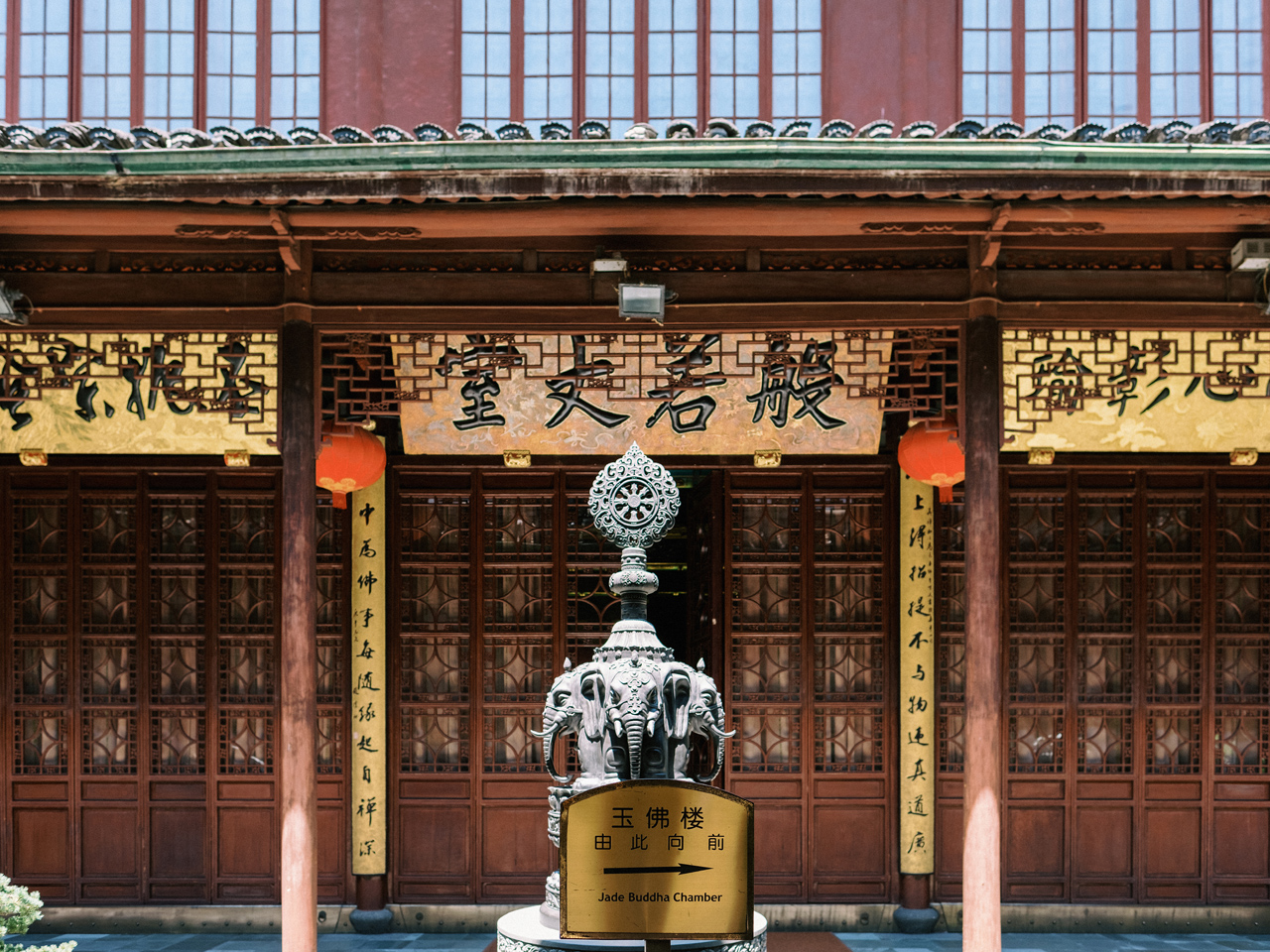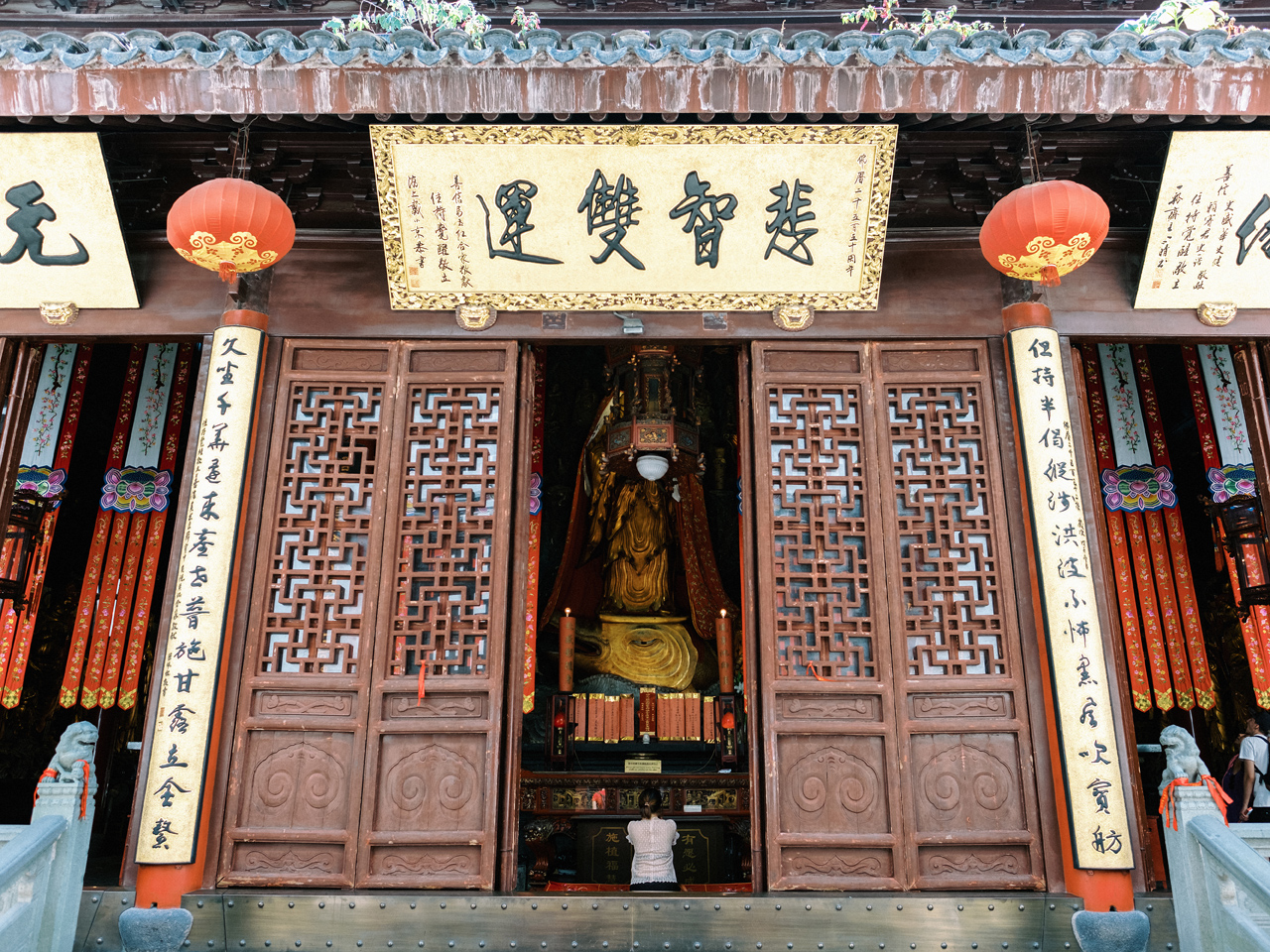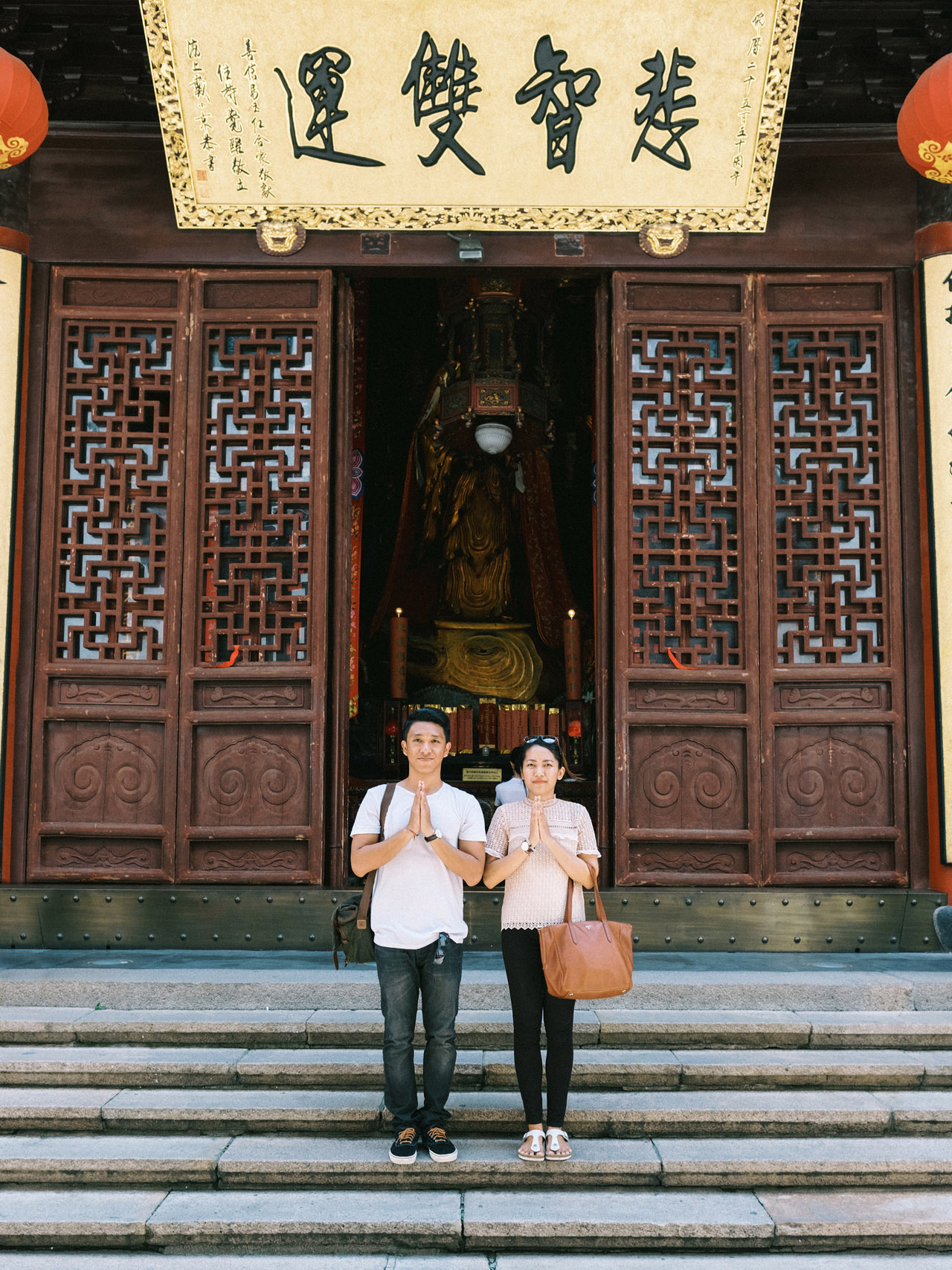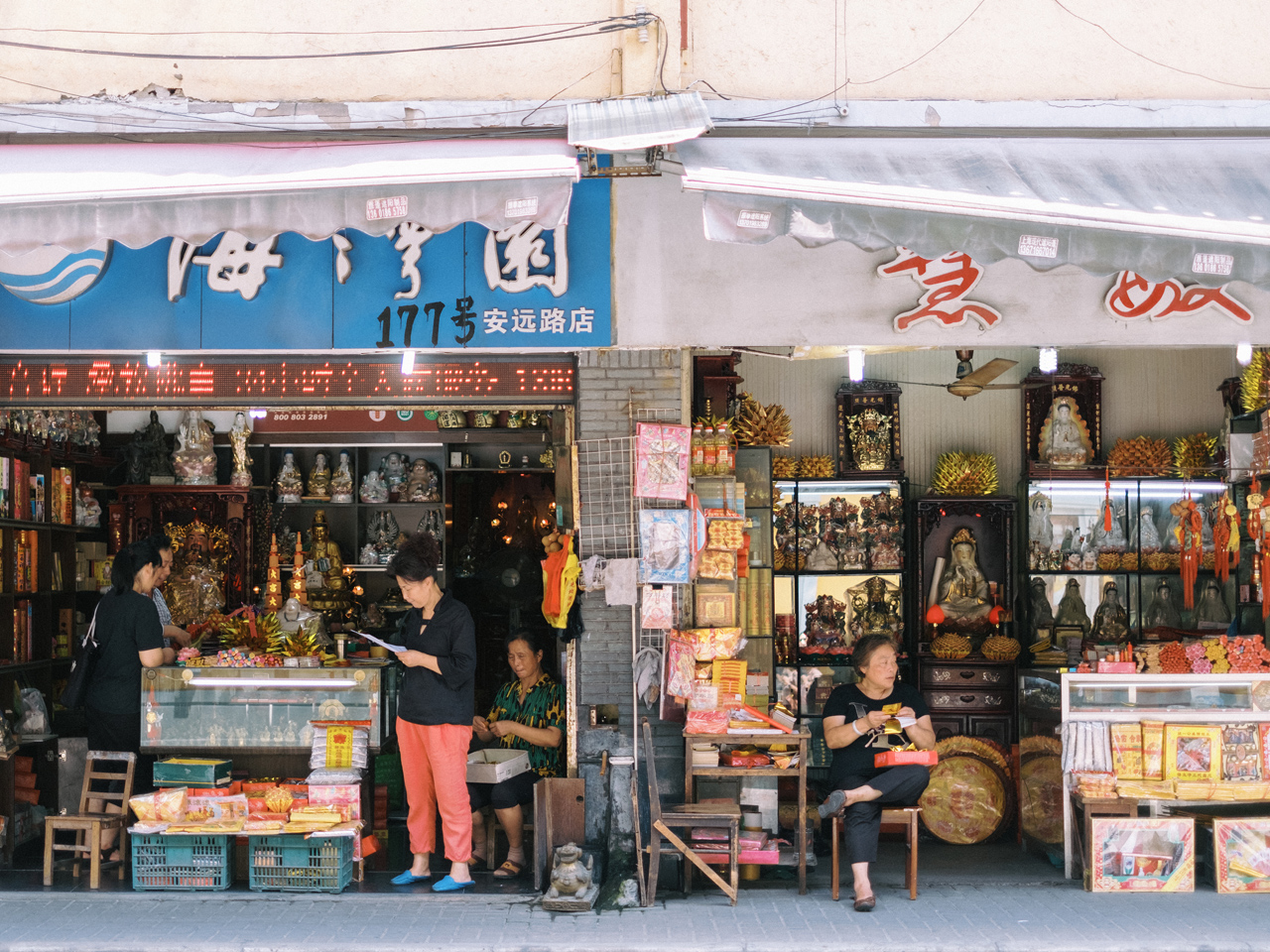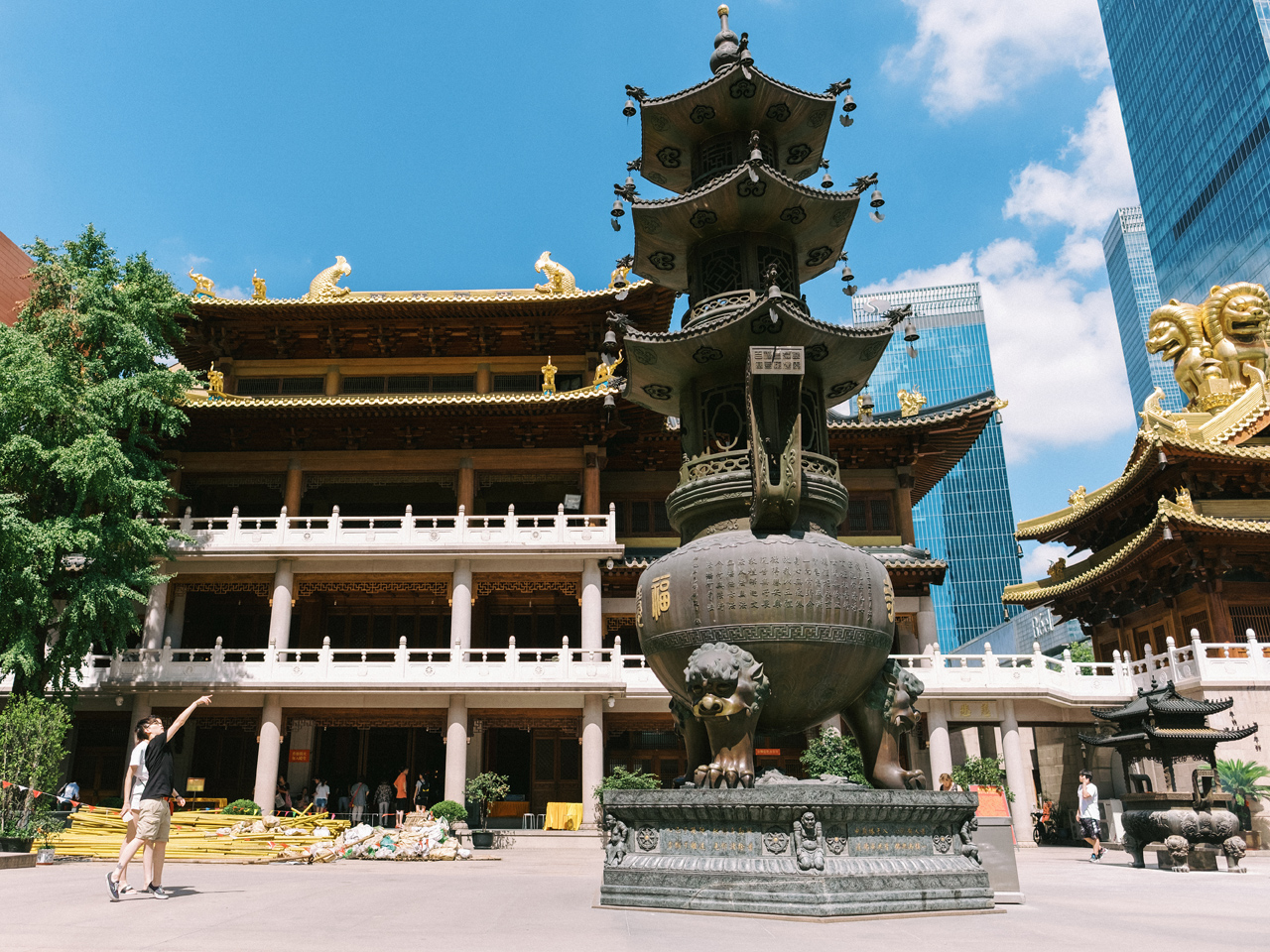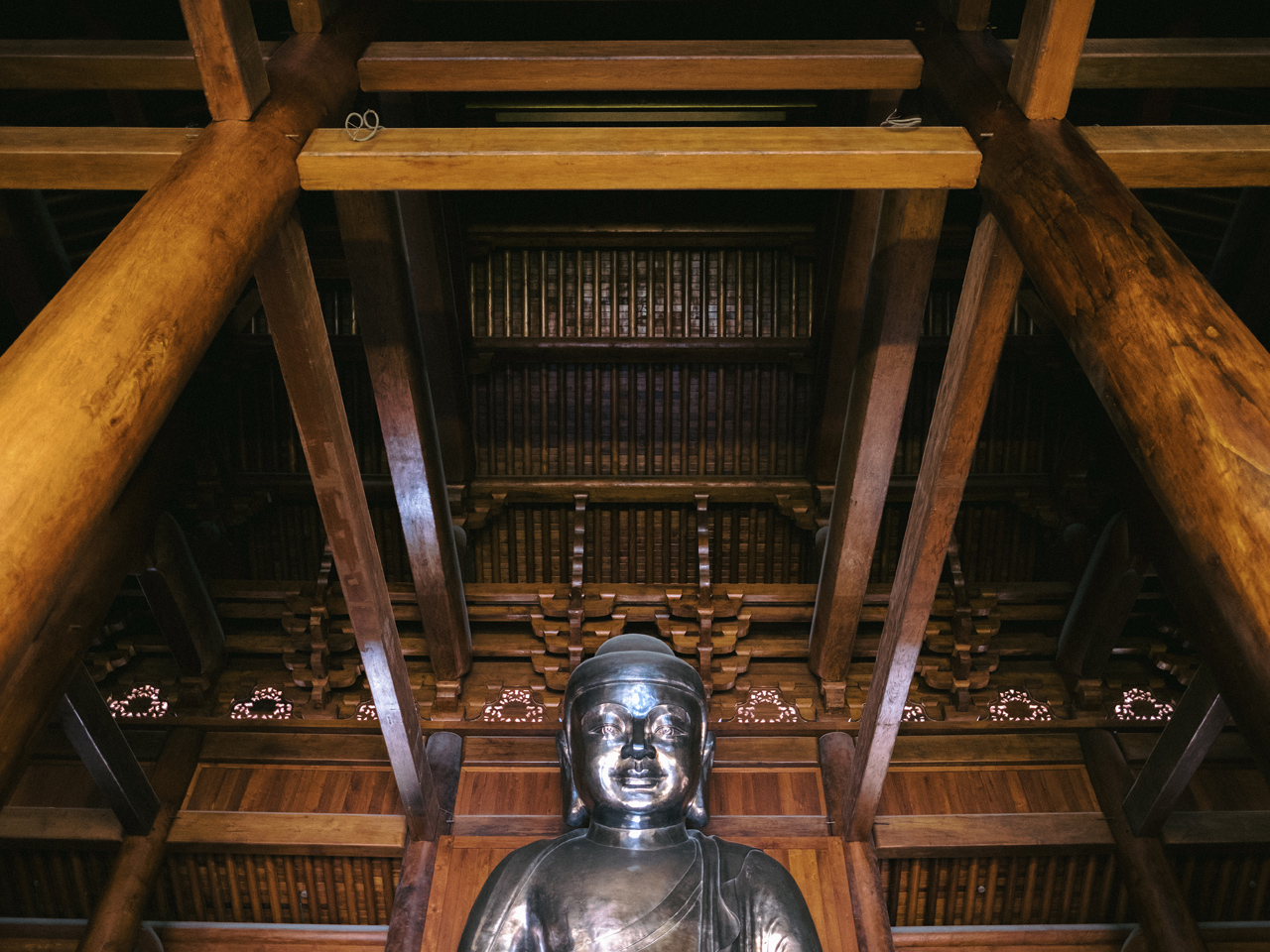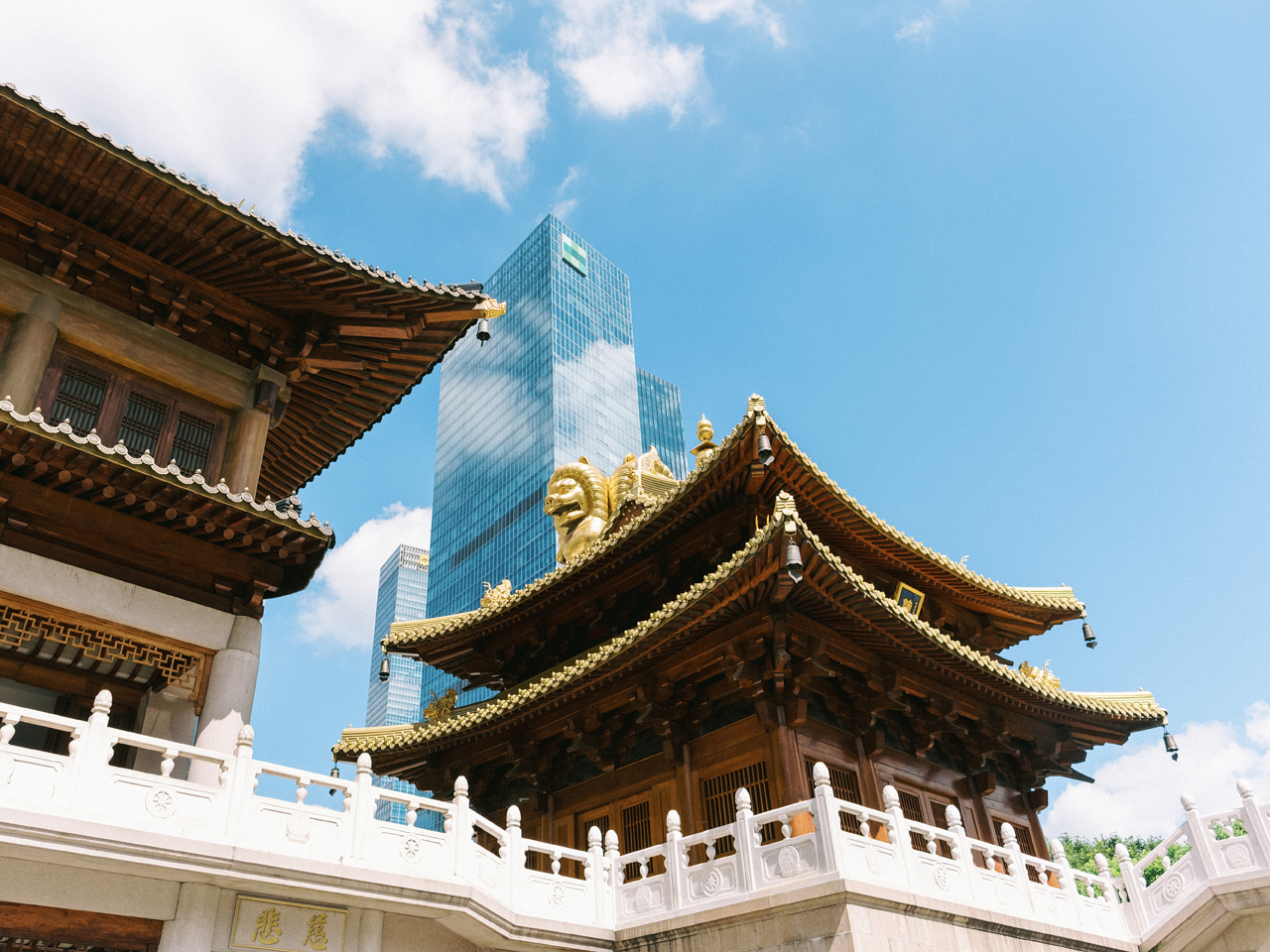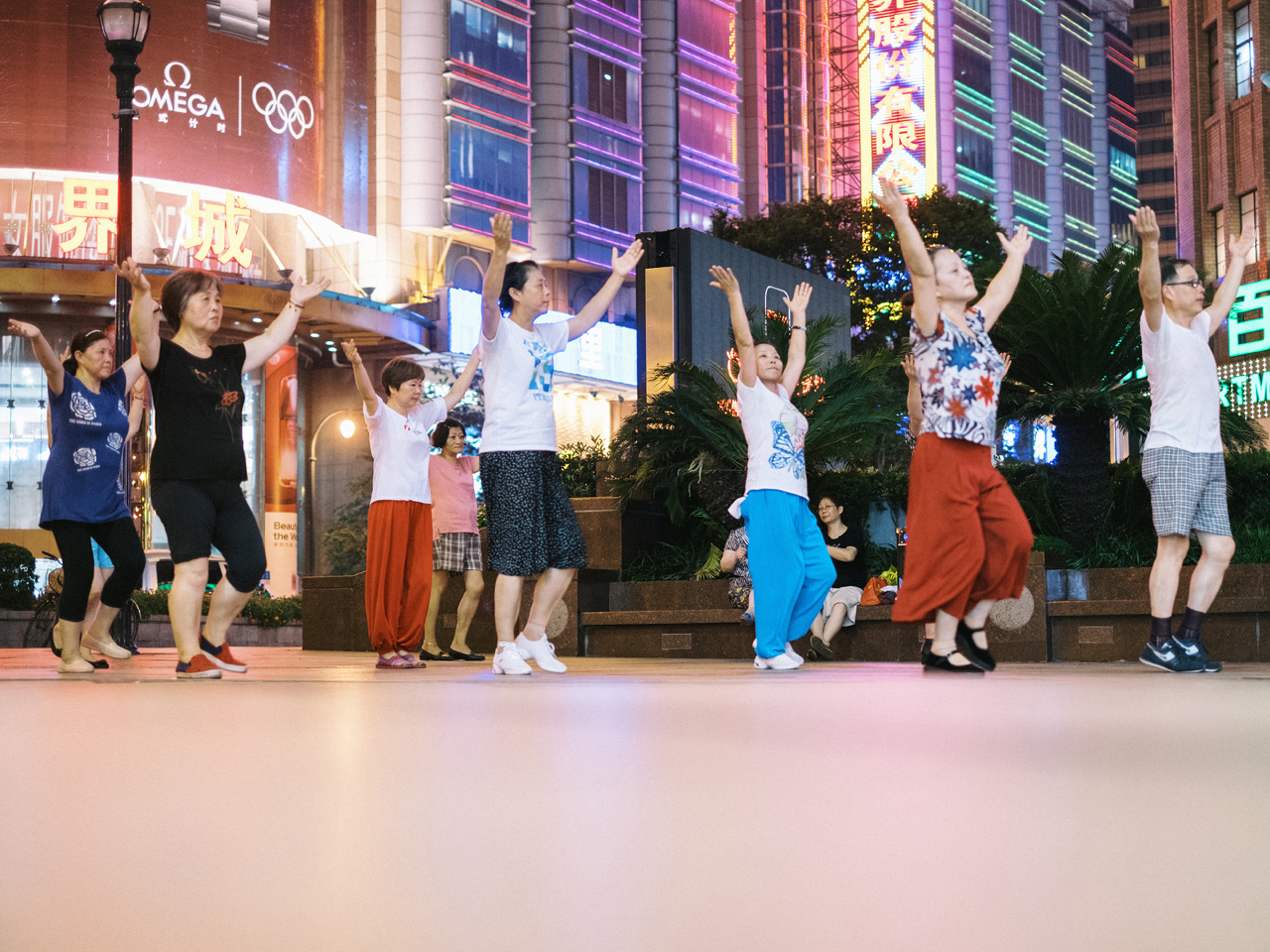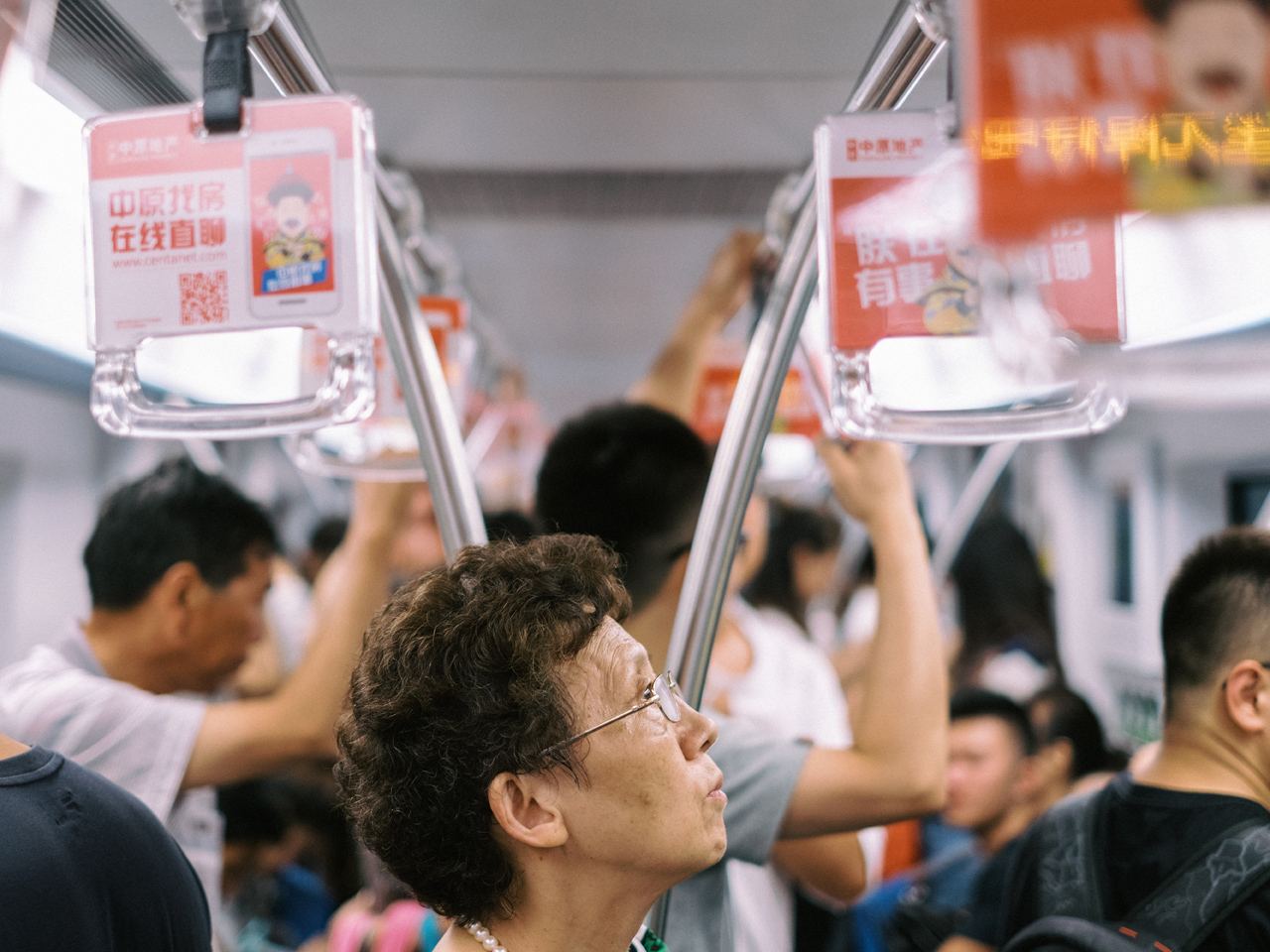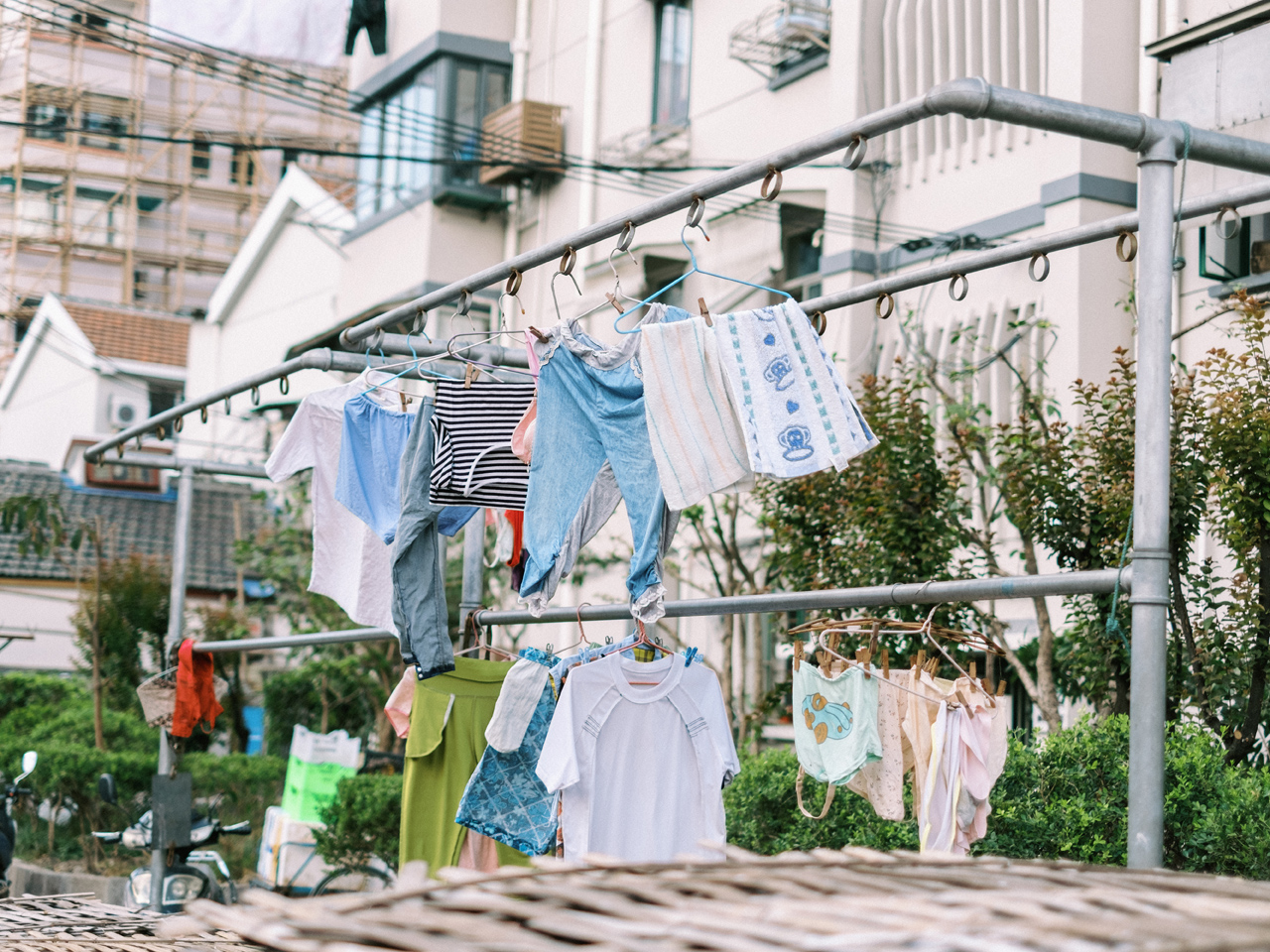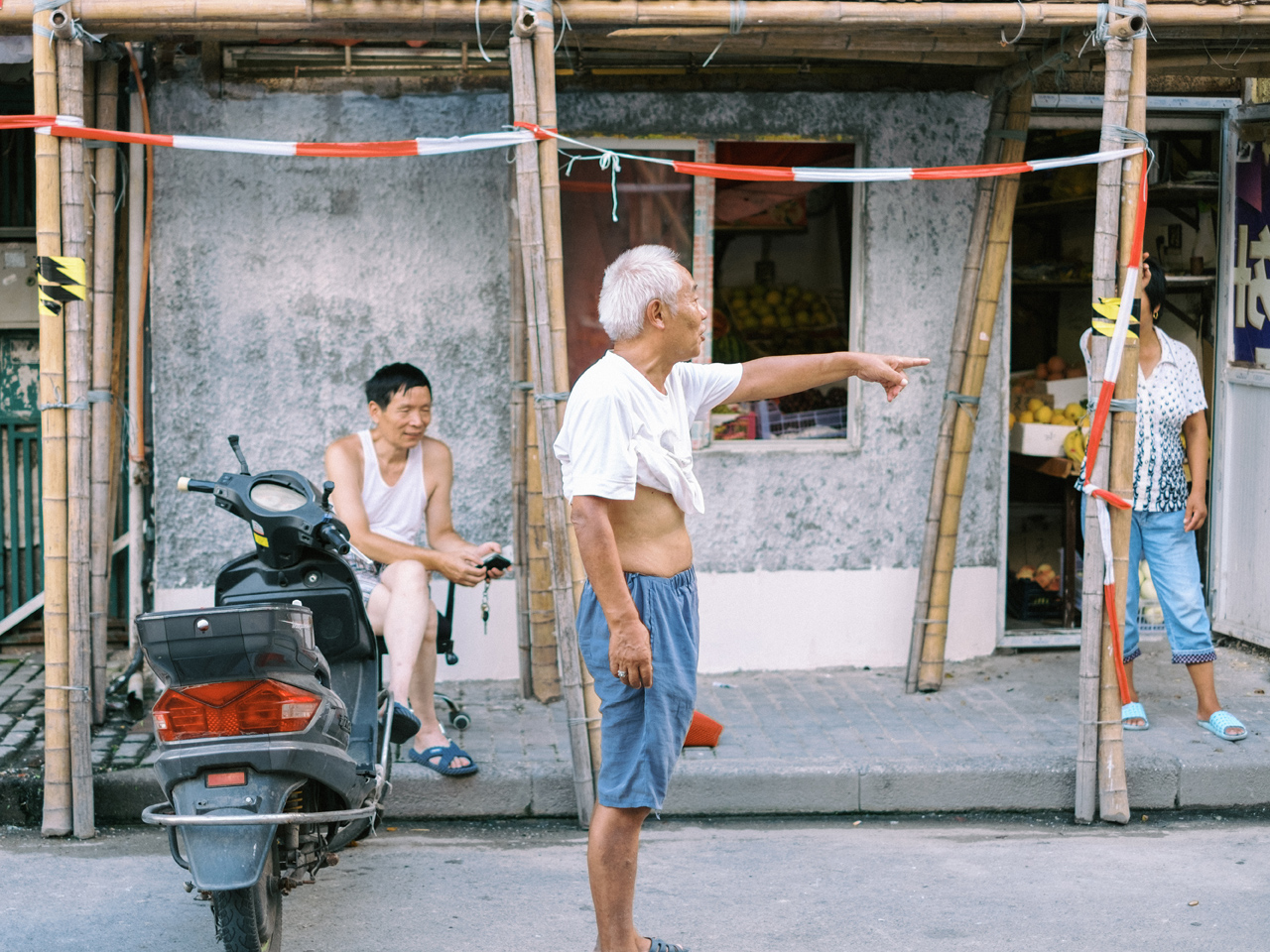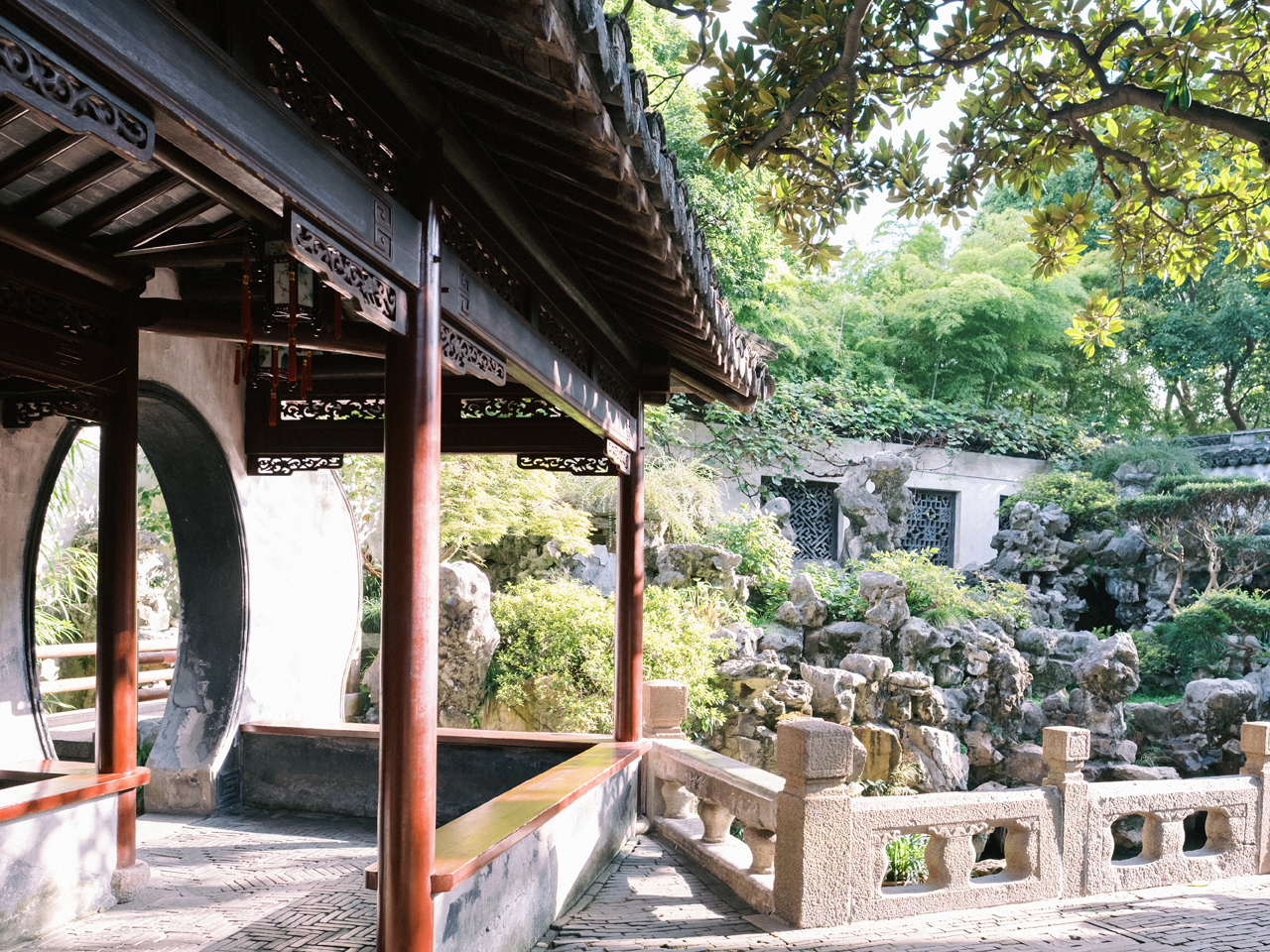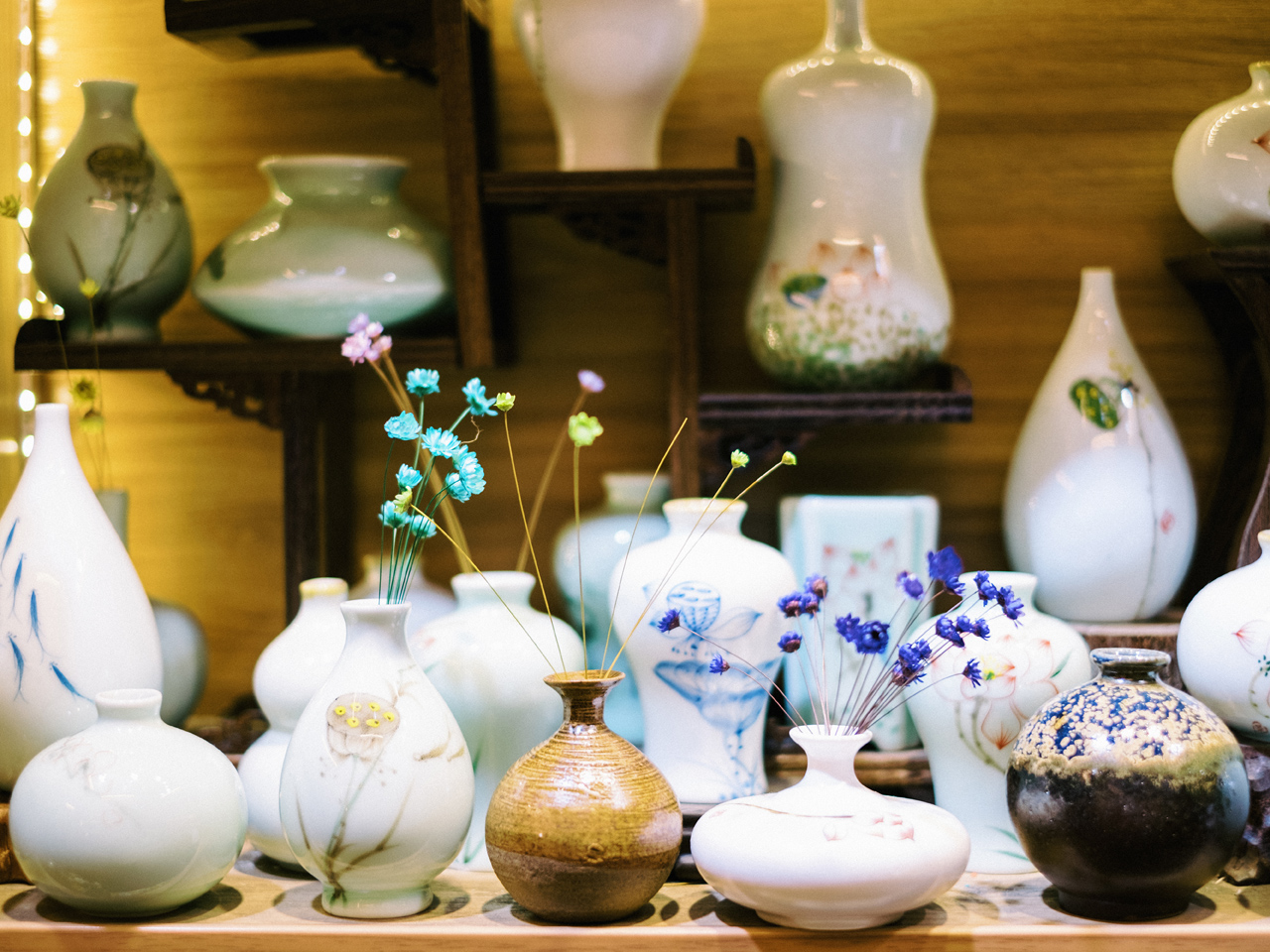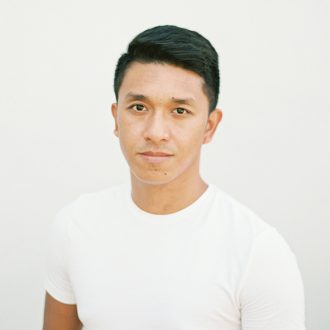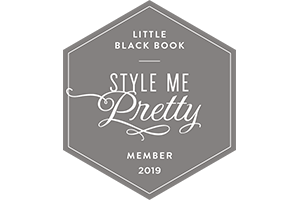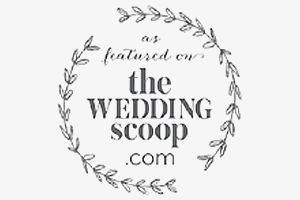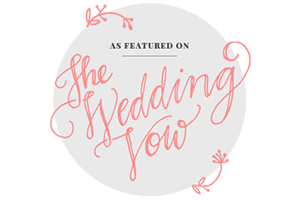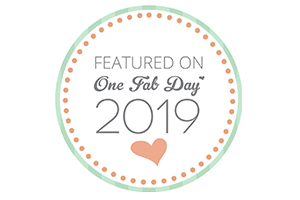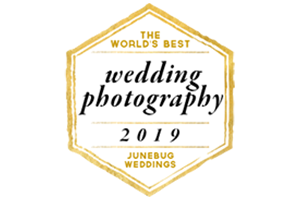“千里之行,始於足下: A journey of a thousand miles begins with a single step – Dao De Jing”.
The famous Chinese saying that inspire many people to travel. China Trip might still be one of your bucket list (after the Covid-19 outbreak). There are few countries in the world with a culture as distinct as China. A country of contrasts, China offers thriving metropolises like Beijing, Shanghai, and Hong Kong as well as beautiful mountains, valleys, rivers, and plains in the West and Southern parts of the country. It is a country filled with micro-cultures, languages, cuisines, and ethnicities. This is a country with layers where everything is filled with meaning and history. Attracting curious people from around the globe to visit. And here I’m going to share some tips to plan yours based on my 2016 China Trip.
We understand planning a trip to China may seem daunting, even if you are an experienced traveler. There is 3 things that i felt the most challenging to deal with, Visas, Internet & Languages.
Visas – It can be painless or a nightmare, but it’s usually just a slight inconvenience for traveler. Most of us go through it, and so can you! Still, you need to be sure you check off every one of the requirements when you apply for a Chinese travel visa. China require you to obtain a visa prior to the china trip and have a passport with at least six months’ validity remaining. The lack of either will result in a fine and immediate deportation. Different country have different level of difficulties when obtaining Chinese Visas, some might be frustrating, and so do I. My Visa application got rejected just because i’m a Photographer. The government seems to be really concern about this. So next time you plan to apply Visa, be sure not to mention if you work in photography or news related company.
Internet – Yep, the the aggressive state blocking of certain websites by the China government has eased somewhat in recent months. But if you’ve had to travel to the country in the last few years, you’ll be well aware of how tight the state continues to keeps its internet. That’s why getting the best VPN has become invaluable for visitors to obtain access to restricted online content. Google Maps is the bible for most traveler over the globe. Without it we can be so blind. As you might already know, China has blocked all of Google service, including the google maps! We got a tremendous issue when we arrived in China on the first day, as we cannot find the way to our AirB&B apartment!!! We tried to use the local search engine but it way more frustrating as the website are fully in Chinese. Not all VPN service is working in China, after so many trial & error, i found the only service that seem working really fast is ExpressVPN.
Language – Despite English being taught in the Chinese school system for many years, only few Chinese could be considered fluent in English. There are hundreds of millions of people in China studying English, but less than 1% of Mainland Chinese are conversational, according to some estimates. Not surprisingly, more English is spoken in China’s large cities than in the smaller towns. You should encounter few problems at the airport, at 4- and 5-star hotels, popular restaurants, major shops, and banks. Chinese staff at these places are generally competent in communicating with native English speakers. But, on the street, don’t expect to ask people about address or even just a simple question.
Travel Cost
The first thing we will find out before traveling is the Budget. So here I compile some information regarding the travel cost & budgets. But bare in mind that this is based on my 2016 China Trip. so please use it as reference only.
Accommodation – Budget hotels begin around 75 CNY per night for basic accommodations, with higher prices in Hong Kong. Budget hotels will usually include heat or AC, your own bathroom, a kettle, and TV (though you’ll only get Chinese stations). Keep in mind that any hotels offering free breakfast will likely be serving a Chinese breakfast (dumplings, rice congee, vegetables, etc.). Airbnb is plentiful in China and can be found in all the major cities though it’s much less common in rural areas. Prices range from 175-750 CNY depending on the city and the type of apartment.
Food – Food in China is cheap. I mean, really cheap. A meal from a street vendor usually goes for around 7-14 CNY. For this, you might get noodles, rice, pork buns, or soup. A full meal in a sit-down restaurant will cost between 15-60 CNY. If you stick to the local food, you’ll find it hard to go broke. You could spend less than 70 CNY for an entire day’s worth of food. Vegetarians and even vegans will be able to get easily in the cities with a little planning as China’s history with Buddhism has made the country quite veg-friendly. Since food is so cheap, there’s no need to self-cater or cook your own meals. You are better off eating the street food and at the restaurants.
Transport – There are three main forms of public transportation: subways, buses and taxis (see separate article on taxis). The Beijing subway has been extended over recent years and it is planned to be the largest in the world. The subway system is an excellent inexpensive (2 RMB single journey ticket) option for getting around. It is fast and convenient with English signage and announcements and most stations have self serve ticketing machines. There are thousands of buses operating in Beijing with hundreds of routes, so getting almost anywhere within the city limits, as well as reaching suburban areas is possible. Buses are generally crowded as they are the cheapest form of public transport. Getting a seat is sometimes impossible so get ready to squeeze in and stand. It is possible to buy a swipe card (20rmb) for public transport called the ‘Yi Ka Tong’ at subway stations and bus stations and preload it with cash to save time (minimum 20rmb), this make you travel much more convenience.
Budget to visit China? – On a backpacker’s budget, you should plan to spend between 215-285 ($30-50 USD) per day. This is a suggested budget assuming you’re staying in a hostel dorm, mainly cooking your own meals & using public transportation. On a mid-range budget of 645-1,000 CNY ($90-140 USD) per day, you can stay in budget hotels / AirB&B, take buses between destinations, eat fast food or street food. For a luxury budget of 1,500 CNY ($210 USD) per day, you can afford to stay in nice hotels, take the high-speed train, do some guided tours, and eat out for every meal.
After 10 hours of flight from Bali-Singapore-Beijing. We arrived in Beijing on the August 6th, 2016. As per our common rituals we usually explore our neighbourhood, find the nearest transport hub, convenience store, coffee shop, etc. Not much things to do on this super hot summer day.
Summer Palace, Beijing
At the end of the day, we decided to visit the Summer Palace as it’s the closes spot from our apartment. Situated in the Haidian District northwest of Beijing, Summer Palace is 15 kilometers (9 miles) from the downtown area. Being the largest and most well-preserved royal park in China, it greatly influences Chinese horticulture and landscape with its famous natural views and cultural interests, which also has long been recognized as ‘The Museum of Royal Gardens’. The Summer Palace was listed as World Heritage in 1998. UNESCO reported that the Summer Palace is “a masterpiece of Chinese landscape garden design”.
The Forbidden City, Beijing
On the August 7th we visit the Forbidden City, This famous attraction in Beijing was the imperial palace from the time of the Ming Dynasty to the Qing Dynasty (1420-1912 CE). Today, the Palace Museum holds artifacts from both dynasties and is a great place to learn about China’s history. The buildings, which cover over 180 acres, have been heavily renovated over the years but it’s still an epic complex worth visiting. The “city” covers over 175 acres and is a UNESCO World Heritage Site, welcoming over 16 million visitors each year. When we visit the site, we were running out of tickets due to the massive amount of visitor that time. It’s summer, and everyone across China are in vacation, here.
The Temple Of Heaven, Beijing
As our morning plan has ruined. We decided to move on and visit the next spot. The Temple of Heaven Park, Tiantan in Chinese, located in the Dongcheng District, Beijing. It is the largest and most representative existing masterpiece among China’s ancient sacrificial buildings. Originally, the Temple of Heaven was the place where emperors of the Ming Dynasty (1368 – 1644) and Qing Dynasty (1644 – 1911) held the Heaven Worship Ceremony. The most striking building of the Temple of Heaven is the tall, circular Hall of Prayer for Good Harvests, in the north of the park. In the south of the park lie the Imperial Vault of Heaven and Circular Mound Altar. The areas are connected by a 360-meter long, 4-meter wide walkway, called Danbi Qiao (‘Red Steps-to-the-Throne Bridge’). Although there are four main entry points to the park (with the east and west gates most convenient for visitors; through tickets cannot be purchased after 4pm), the imperial approach was via Zhaoheng Gate in the south leading directly to the Round Altar.
Don’t expect to see worshippers at prayer; this is not so much a temple as a place of arcane, Confucian-inspired statecraft. Instead, you will find thousands of local tourist doing selfies 😀
The Great Wall Of China
Day 3 of our China Trip, The Great Wall of China is one of the greatest sights in the world — It is the longest structure humans have ever built. An awe-inspiring feat of ancient defensive architecture. Its winding path over rugged country and steep mountains takes in some great scenery. With a history of about 2,700 years, some of the Great Wall sections are now in ruins or have disappeared. However, the Great Wall of China is still one of the most appealing attractions all around the world owing to its architectural magnificences and historical significance.
The Mutianyu Great Wall is one of the best-preserved and best-known Great Wall sections. Located 40 miles (65km) to the north of Beijing city. We choose to go to this section because It is the longest and best fully-restored Great Wall section open to tourists. The Great Wall at Mutianyu is less crowded and has better architecture than at Badaling, with more watchtowers. There are cable cars up and down, making it very easy to visit, so you don’t need to climb the hill to reach the wall. With the greens of pines and cypresses covering ninety percent of the surrounding area, the scenery there is beautiful all the year round. Thus a good destination on hot holidays and get a good photos.
Opening Hour
March 16 to November 15: Monday-Friday: 07:30-18:00; Weekends: 07:30-18:30
November 16 to March 15: 8:00-17:00
Admission Fees
Adults: CNY 40
Seniors elder than 60: CNY 20 (valid ID or passport required)
Children between 1.2 and 1.4 meters (3.9 and 4.6 feet): CNY 20
Note: If you buy an entrance ticket attached with a postcard of Mutianyu, you need to pay CNY 5 more.
Children under 1.2 meters (3.9 feet) are admitted free.
Departing To Shanghai
On the August 9th, We move to Shanghai by train. The high speed trains running between Beijing and Shanghai are world’s fastest, with a top speed of 350 km/h (217 mph). Every day, over 40 pairs of Beijing – Shanghai high speed trains finish the 1,318km’s (819 mi) distance in 4.5 hours, mainly between Beijing South Railway Station and Shanghai Hongqiao Railway Station. you can get a second class seat ticket for CNY 553.
Shanghai, Hu for short, is China’s renowned international metropolis drawing more and more attention from all over the world. Situated on the estuary of Yangtze River, it serves as the most influential economic, financial, international trade, and cultural center in East China. Also it is a popular travel destination for visitors to sense the pulsating development of the country, and Shopping!
In addition to its modernization, the city’s multicultural flair endows it with a unique glamour. Here, one finds the perfect blend of cultures, the modern and the traditional , and the western and the oriental. New skyscrapers and old Shikumen together draw the skyline of the city. Western customs and Chinese traditions intertwined and formed the city’s culture.
Jade Budha Temple, Shanghai
One of Shanghai’s few active Buddhist monasteries, this temple was built between 1918 and 1928. The highlight is a transcendent Buddha crafted from pure jade, one of five shipped back to China by the monk Hui Gen at the turn of the 20th century. It’s a popular stopover for tour buses, so be prepared for crowds. The Jade Buddha Temple is a good place to go whether you are a Buddhist or not, the peaceful and transcendent atmosphere adds a kind of richness to Shanghai’s busy modern society.
To get here, take either Changshou metro station exit 5 and walk along Anyuan Rd, or get off at Jiangning Rd metro and walk south along Jiangning Rd.
Jing’an Temple, Shanghai
Jing’an Temple is one of the most famous temples in Shanghai which is located at West Nanjing Road, Jing’an District, the flourishing downtown area of Shanghai. In 1983, it was put on the list of key national protection.
Yuyuan Garden, Shanghai
Yu Garden, aka Yuyuan Garden, Yu Yuan in Chinese, is a classical garden ranking among the must-see attractions in Huangpu District, Shanghai. It dates back to the Ming Dynasty (1368-1644) and was owned by a government officer named Pan Yunduan. Yu in Chinese means pleasing and satisfying, and this garden was specially built for Pan’s parents as a place for them to enjoy a tranquil and happy time in their old age. Yu Garden is small in size, but it contains all elements that a classical Chinese garden should have. The pavilions, halls, rockeries, ponds and cloisters all have unique characteristics. There are some highlights in the garden that you can’t miss.
It was a week of touristy travel. As you can see from the photos, most of the spot we are visit was all the tourist spot, you might not see much of the super exotic scenery in the middle of nowhere. This was intended, as it’s in fact our first time visiting mainland China, and we are purposely looking for a leisure trip. We are a bit too lazy to explore and doing the adventurous tour. Despite of that, it’s our first time travel abroad on summer. It’s really hard to walk around with the heat. Even though we lived in tropic island this kind of temperature is killing us. So if you planning to plan you China Trip, I’ll put forward for a consideration to go on Autumn or Fall when the weather if a bit more kind and pleasant.












